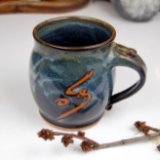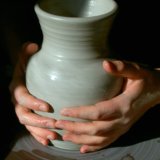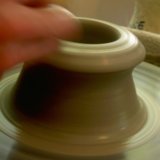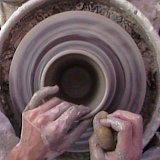|
Pottery ClayHow to Choose and Buy the Best ClayChoose the right pottery clay to buy for your clay pot projects on the pottery wheel. Learn Clay types and colors, red, stoneware, white. Discover how to make clay. Find ceramic clay supply in the online Pottery Supply Store. Choosing the right pottery clay can be challenging. Keep it simple. First we'll look at some definitions of clay. Then I'll share three easy questions you can ask to help determine which type of clay is right for you.
Introduction to Pottery ClayWhat is Clay? - In technical terms clay is made up of very small particles of silicate created by the chemical weathering of rock. It is often found in lake or river beds, or in places where forces of erosion have carried and deposited it. Clay For Pottery - In pottery terms, clay is a plastic (meaning able to bend and hold it's shape) combination of minerals that can be formed, and permanently hardened by firing. My Definition of Clay - For me, clay is that amazingly sticky yet slippery, solid yet mold-able mud that makes all sorts of cool pottery possible. It comes in a variety of colors from brown clay to white clay, red clay, cream clay, and speckled clay. It is soft when wet, brittle when dry, and extremely hard when fired. Here are three easy question to help you determine the right clay for your pottery project. Question 1 -
|
Learn Right
The First Time
Pottery on the Wheel for Beginners
is a complete beginners guide
to learning pottery.
It will
take you from
never having touched clay
to creating finished pottery
you can use every day.
Also read it on Kindle
Featured Pages
Choose Your Wheel
Thank you so much for
visiting my website!
Discover How I Made It!
Happy Potting!
- Steve










